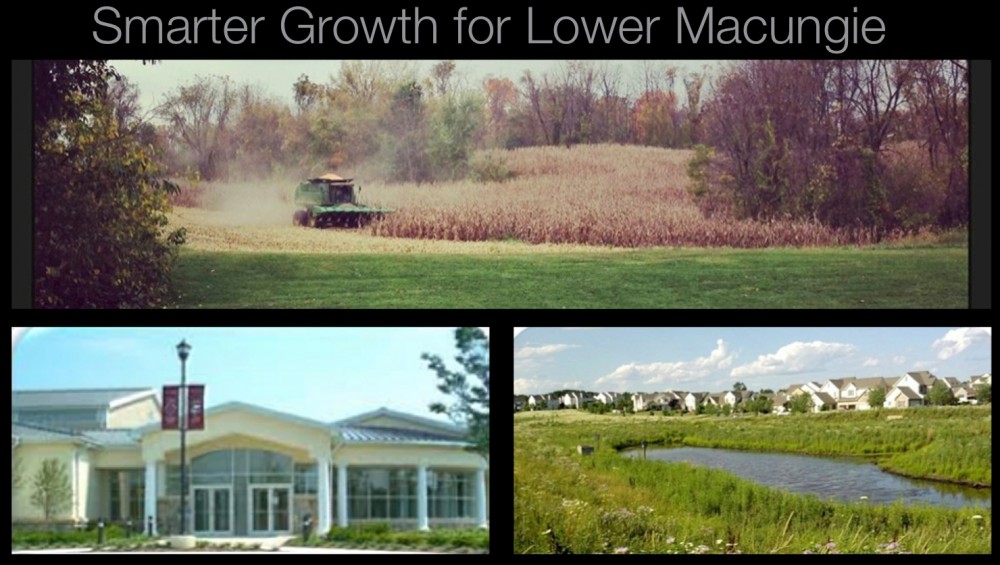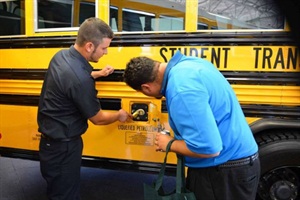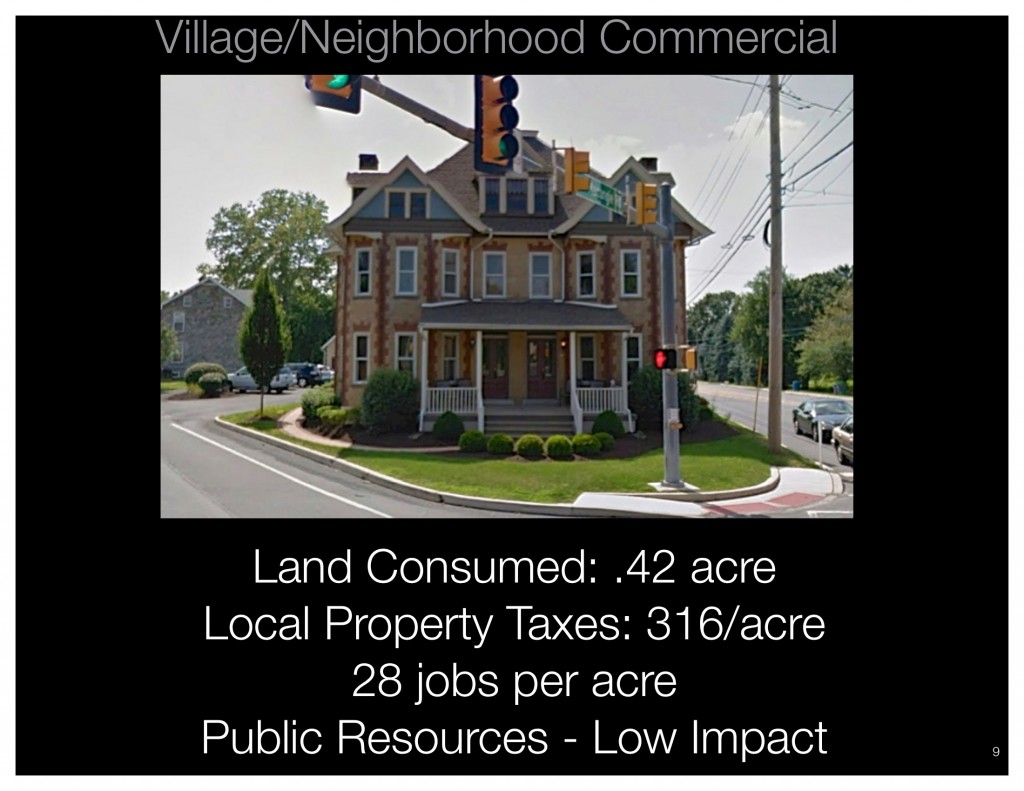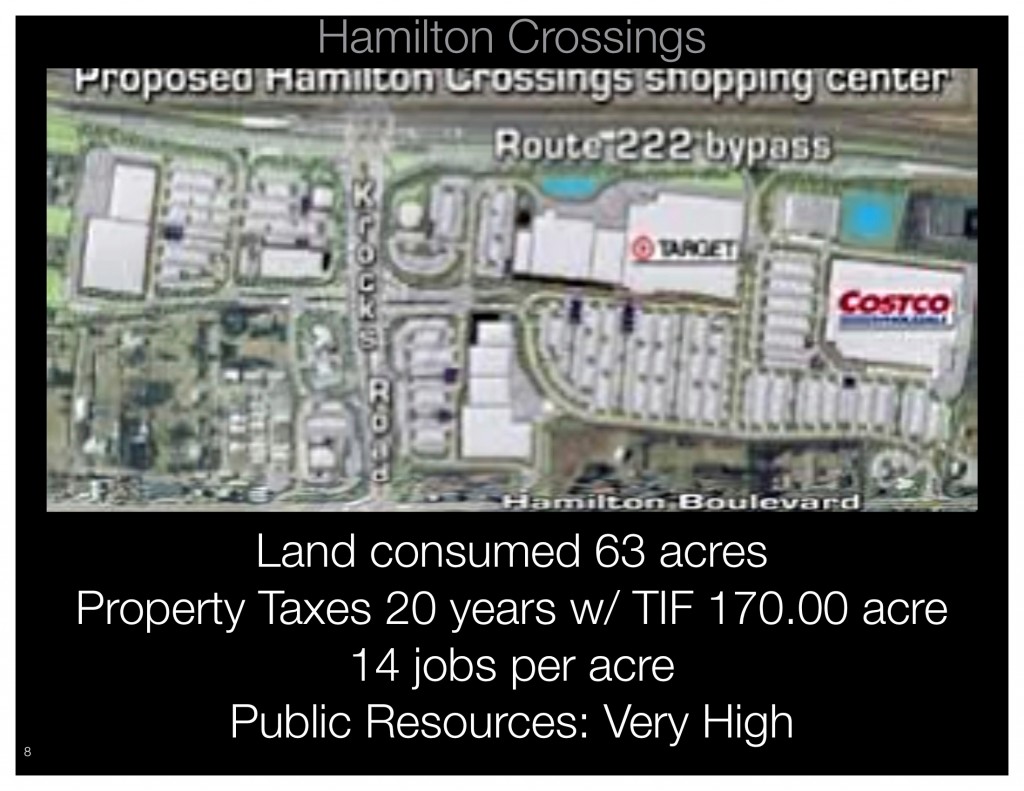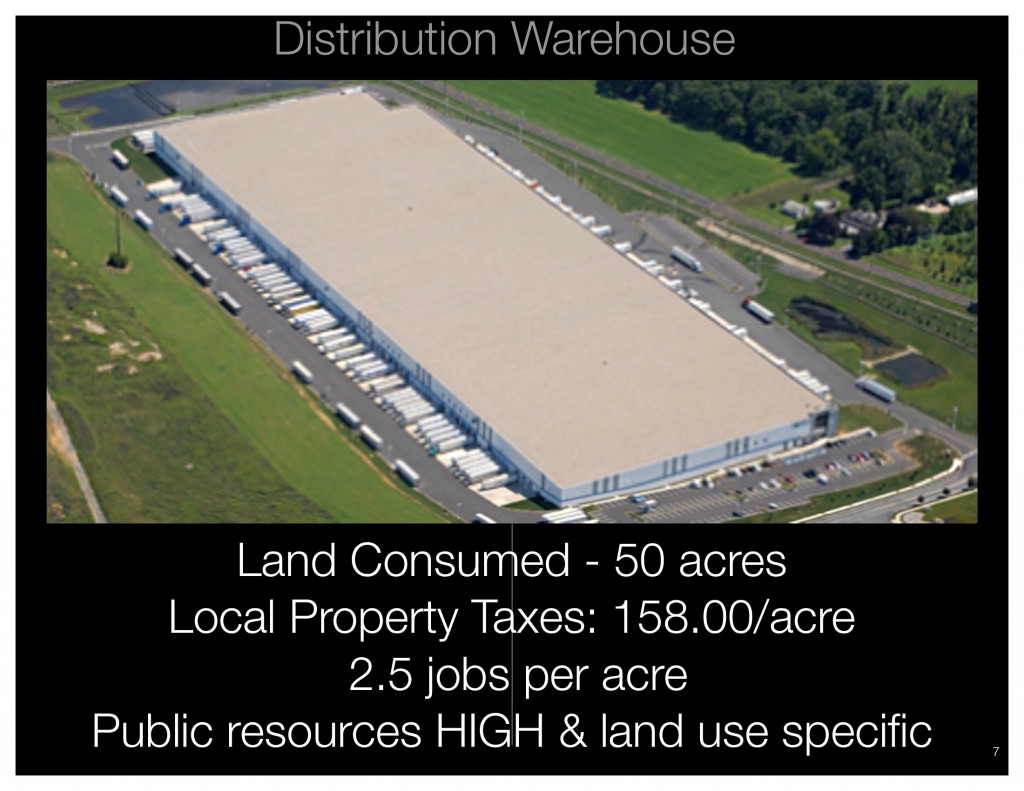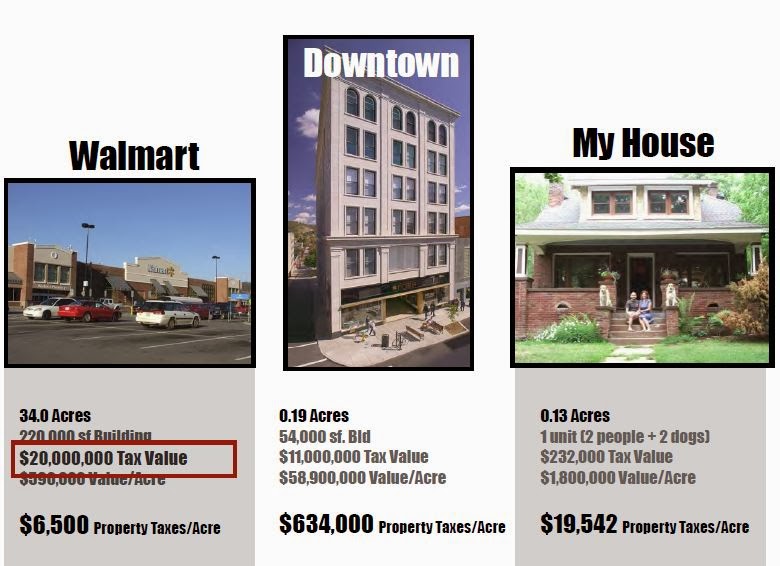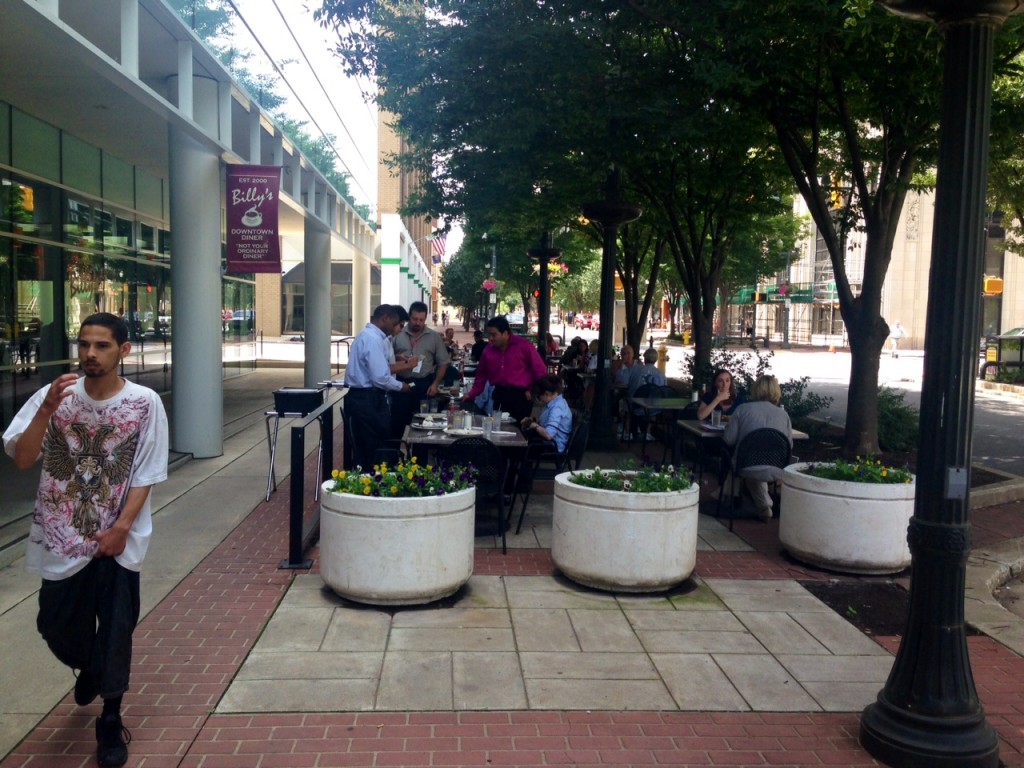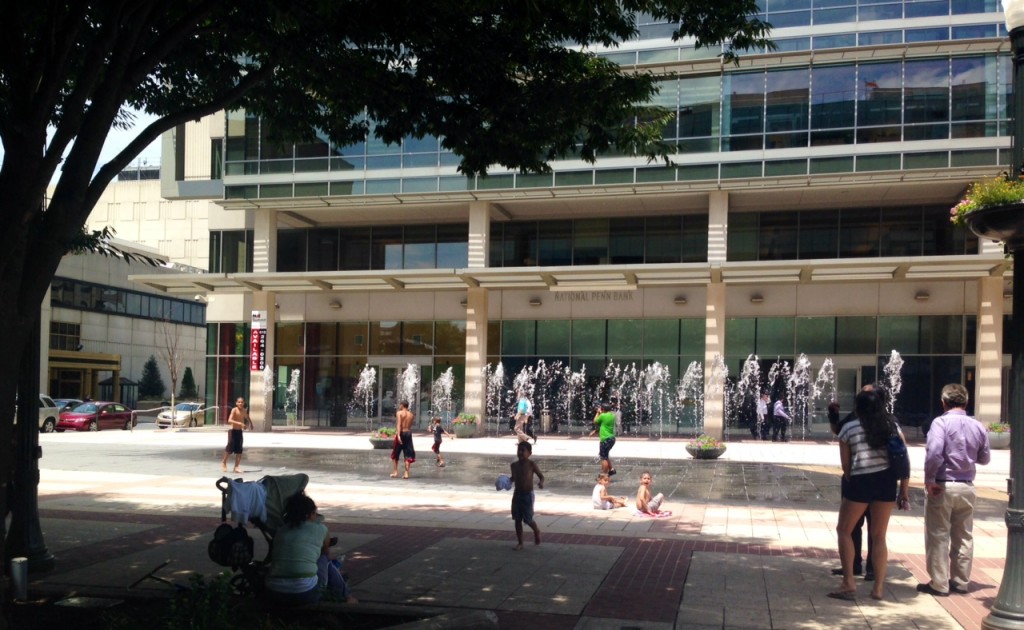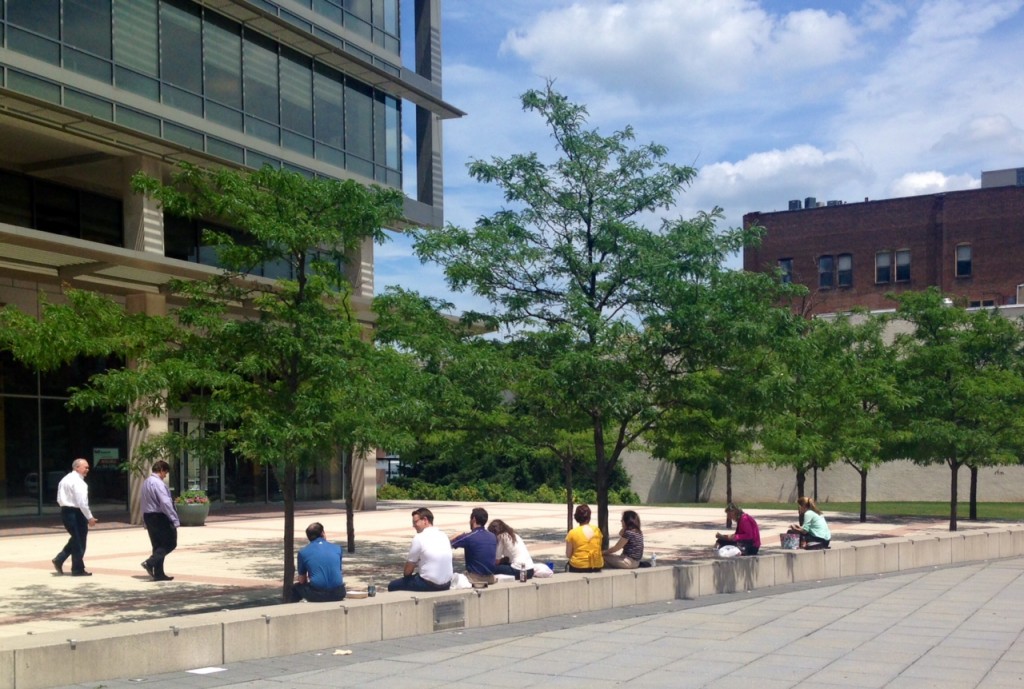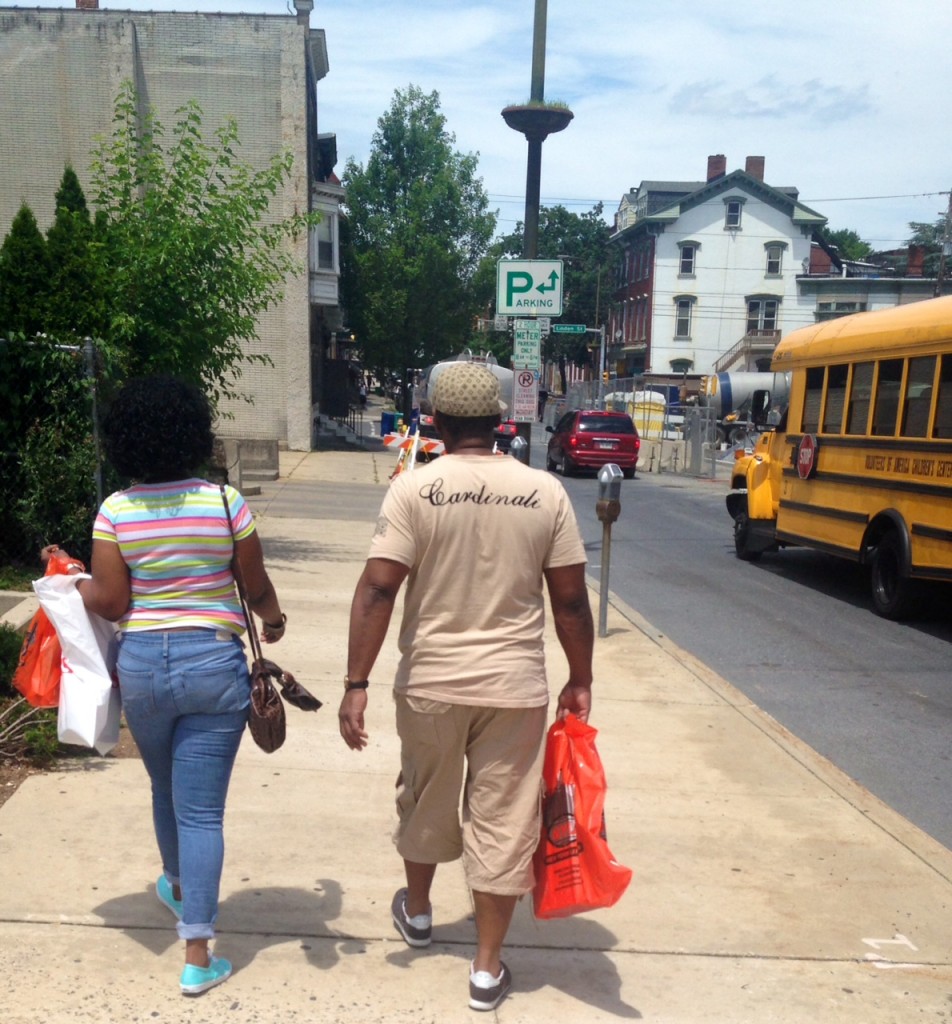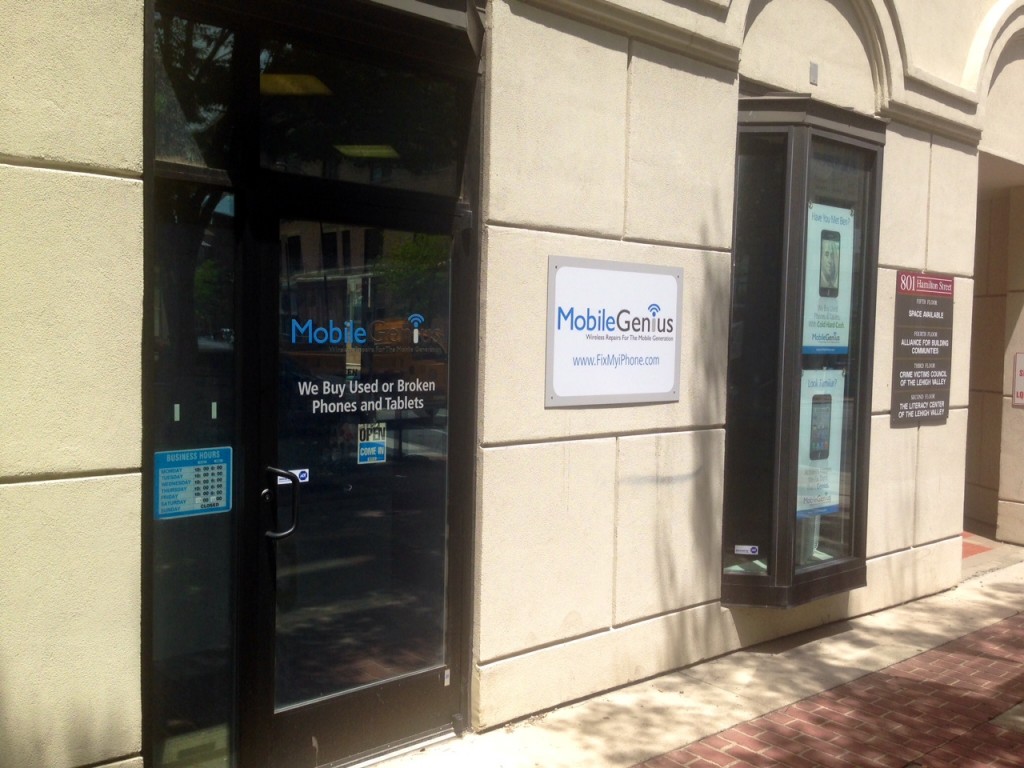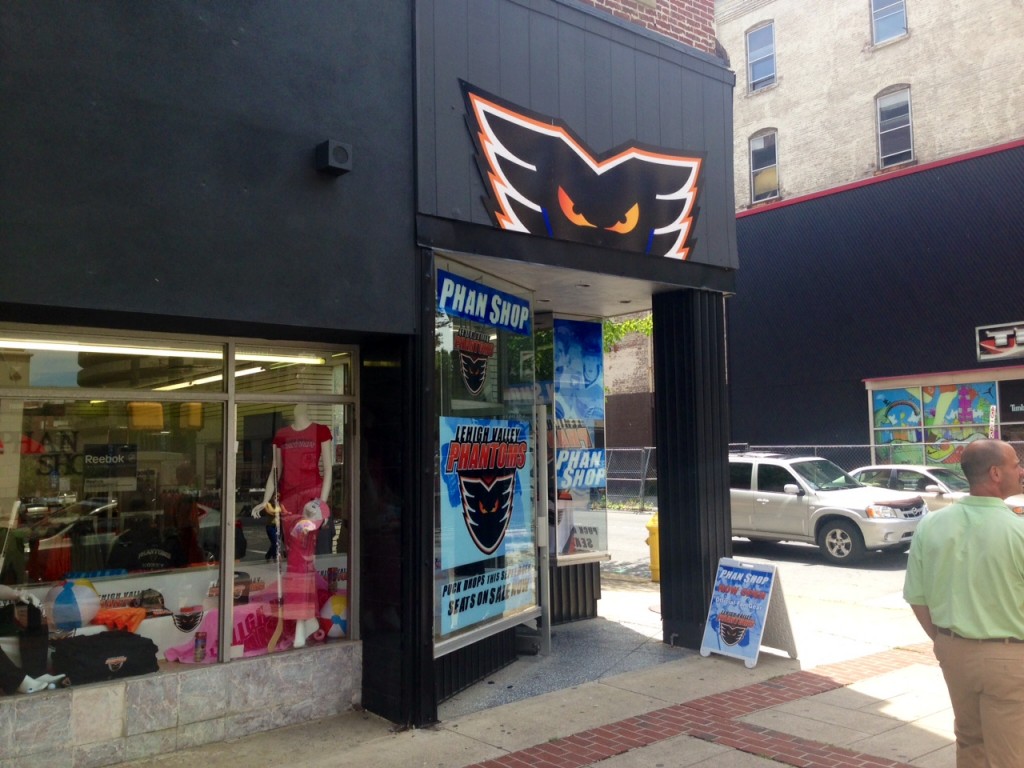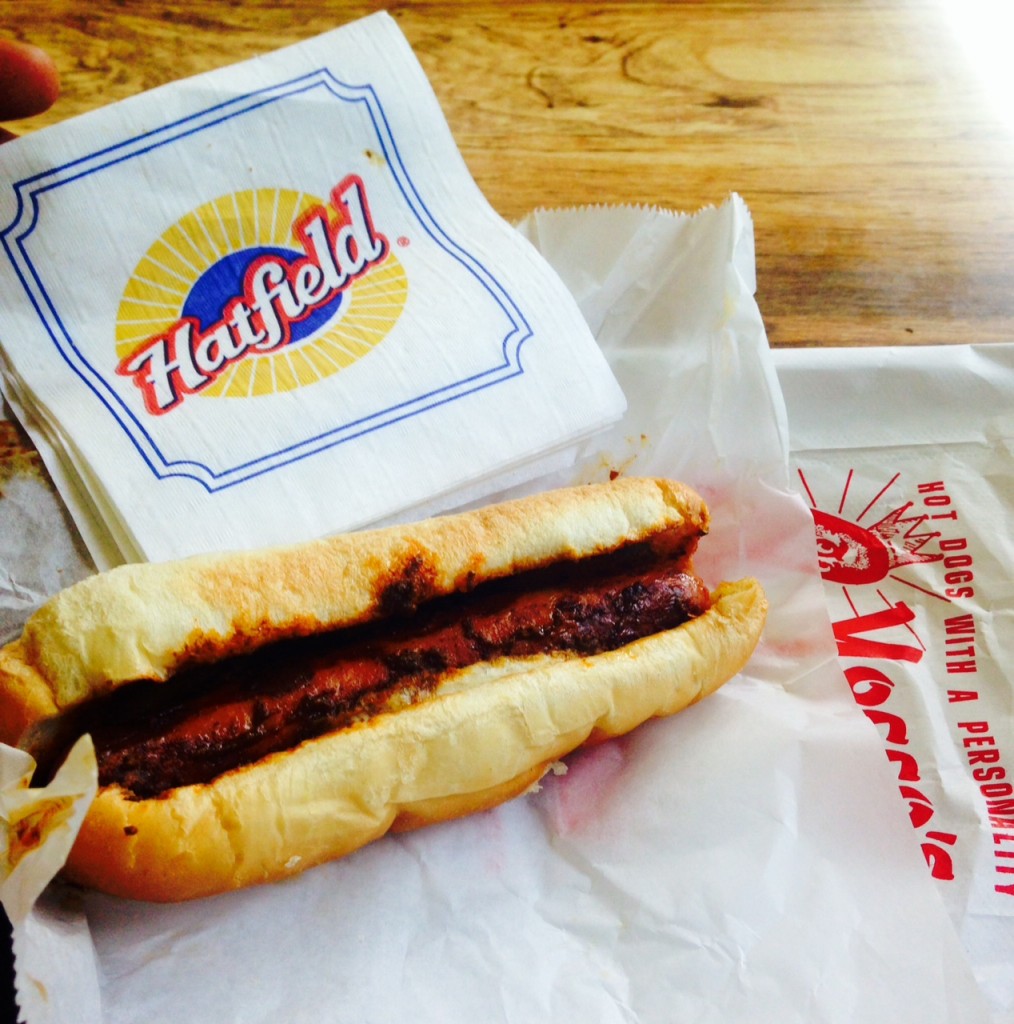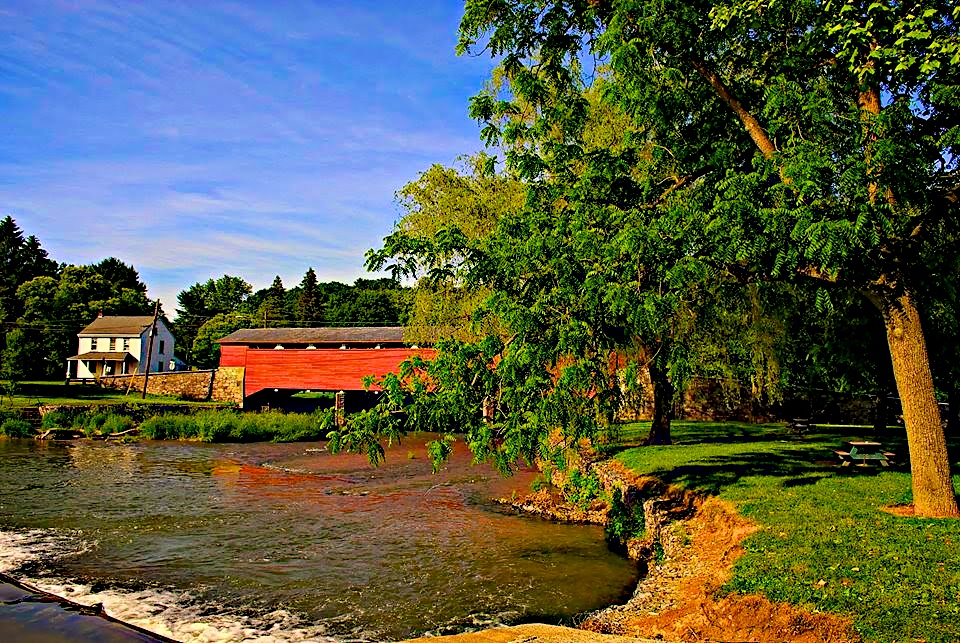FYI – In these previews I may indicate thoughts on an issue, but it in no way means my mind is set. During a critical hearing for the Jaindl issue, a Commissioner spoke before public comment outlining he was voting to move forward the project regardless of what people said during public comment. That was wrong. Public debate was circumvented when the Commissioner indicated his mind was made up.
My hope is by blogging I open the door for conversations. One of my biggest issues with the Jaindl debacle was folks didn’t truly understand what was happening until it was “too late”. I plan on doing everything I can to make sure residents have background information on issues. This is one mechanism to do that. I hope people find it useful. Please contact me at ronbeitler@gmail.com if you have any questions or concerns about any issues.
Hearings:
Road Vacations associated with Jaindl Spring Creek Properties.
This is ongoing actions associated with the Spring Creek Properties settlement and MOU. All of which I opposed as a resident. Background information here.
The vacation of these roads means the township will give up these two sections of dirt road that for decades meandered through protected farmland. They will now unfortunately become a part of the massive warehouse project. This is due to the inactions of the 2010 Board of Commissioners.
One of the silver linings that came out of the settlement was that developer has to maintain interior roads of the project. This means taxpayers don’t have to pay for the future maintenance/improvements.
This was something I pushed for as a resident based on a philosophy that development should pay it’s own way and new development should result in a net increase ROI for the residents. I do not believe this project will do this, but this private rd. certainly makes it come closer. In the end this development will cost taxpayers dearly. The liabilities will far exceed new revenue on the municipal level. Taxpayers still will have to pay for the future maintenance of other super sized infrastructure associated with this project but the fact that the interior roads will remain private was a victory.
These vacations are unfortunately associated with the first 3 of possibly 7 warehouses associated with the Jaindl Spring Creek development. Here is a link to all the history. This step is another step dictated by the MOU and settlement agreement. These are decisions I inherited with the township now legally bound to support.
Communication/Letters
Development issues:
There are a pair of letters regarding concerns with overdevelopment of the western portion of the township. I agree with many points brought up and feel that the end game is open space and farmland preservation. It’s my intention to push the board to make a decision on a preservation mechanism by 2016 for implementation shortly after. This is something I feel strongly about. One letter deals with imminent domain, another topic I feel very strongly about. I do not support the township taking private property by imminent domain to support the interests of a developer.
Another letter deals with a very interesting topic. Recently, residents of Legacy Oaks have requested the township evaluate services and taxation of private communities. Primarily senior communities. I plan on writing about this topic in depth over the next few days.
Dept. Matters
Planning
Proposal for cell phone tower on Kratzer Farm.
This is something the planning and zoning committee has expressed interest in. Primarily since the tower would come with a lease that would provide a monthly payment to the township that would escalate year to year. My concern is what the 120 ft. tower would look like. Verizon has proposed a “Stealth” tree pole. There are variations of these poles some better than others. This something I will continue to research and also am interested in neighbors feedback. The proposed site would be in the middle of the farm in a tree stand far from any residents.
Another related item I feel strongly about is that if this does happen (no decision made yet) money from the tower lease must be earmarked for the Kratzer farm until a time when a comprehensive plan is completed then executed. Money from a tower on the farm should be used for planning and upgrades on the farm.
Committees
The Budget & Finance committee will meet today at 6:15. Here is the agenda. Items to be discussed are:
Homestead Act. I am pleased to report progress. This was a proposal I made in January. Here is a review of the program which will potentially reduce property taxes for all owner occupied primary residences in the township. Read more here. A way to reduce primary residence taxes. Homestead exception.
EAC recommendation for open space preservation referendum.
Generally I am supportive of voter questions on local issues. This question included. The beauty of local gov’t is it’s hands on nature. In a local municipality we do not send elected officials to far away places like Harrisburg to DC to make decisions for us. At the local level residents have the option of engaging in the process. Local referendums are a part of that allowing residents to vote directly on important issues.
Gen Ad:
The Gen Administration committee will be considering a lease of township office space to Rep. Ryan Mackenzie. I support this usage of excess space in the township municipal building. Having our local representative in such close proximity can only be seen as an asset. I have actively lobbied the Rep. to consider LMT. It’s a great benefit to our residents especially our seniors to have the state reps office as part of our municipal campus.
